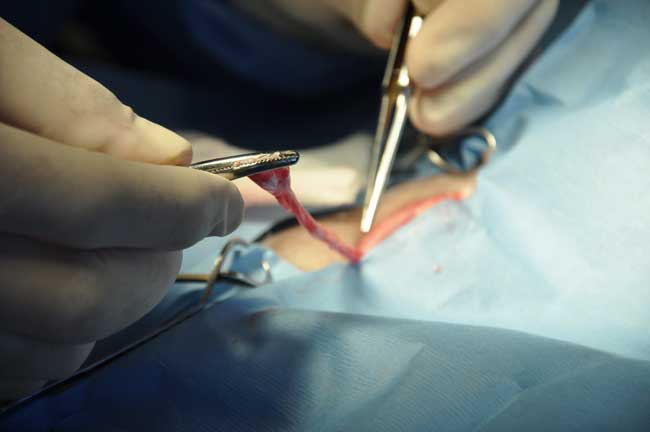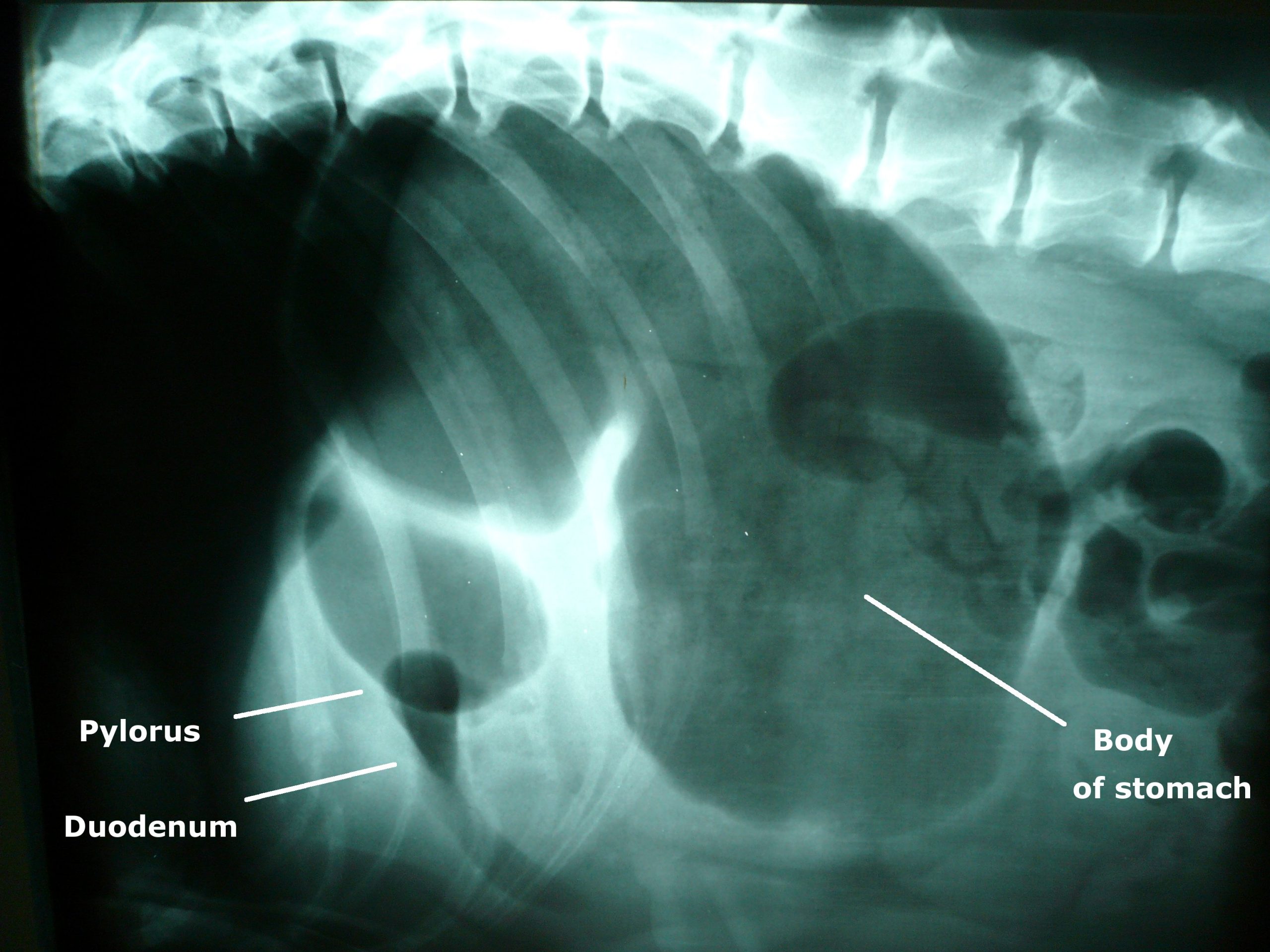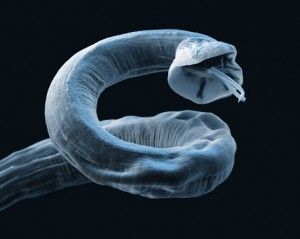Tag: canine
-

Spaying bitches at time of mastectomy
—
by
It is advisable to always spay a bitch having a mastectomy. Approximately 50% of malignant mammary tumours in the dog have receptors for either oestrogen or progesterone. This means the presence of these female hormones promotes the growth of these tumours. Benign tumours also have female hormone receptors and can also be stimulated by hormonal…
-

When to start treating dogs for epilepsy
—
by
Starting treatment for epilepsy in dogs is slightly controversial as the adverse effects of medication, and the fact that most dogs will be on treatment for life, puts many owners off. Many dogs will only seizure once, and never again. I was taught to advocate treatment after the second seizure episode, once other organic causes…
-

Presurgical treatment of acute gastric dilatation-volvulus
—
by
Resolution of the hypovolaemia is the primary concern. Two large bore catheters are placed in the cephalic veins. If the cephalic veins are not available, the jugular vein is used. Fluid resuscitation through the saphenous veins is unlikely to be successful because of the caudal vena caval obstruction. Either isotonic crystalloids (90ml/kg in the first…
-

Clinical signs of syringomyelia
—
by
Syringomyelia is a condition where fluid filled cavities develop within the spinal cord. It is sometimes known as “neck scratcher’s disease” because scratching in the air near the neck is a common sign. Owners often report their dog is worse at night, when first getting up, during hot or cold temperature extremes, when excited, or…
-

Angiostrongylus vasorum as a cause of strokes
—
by
Angiostrongylus vasorum is the most common cause of haemorrhagic cerebrovascular accidents in dogs. Bleeding in the brain or spinal cord can cause neurological symptoms. Craniotentorial bleeding can cause epileptic seizures, paresis and abnormal postural reactions. In cases of cerebellar bleeding, hypermetria, vestibular symptoms and opisthotonus are observed, and if the brainstem is affected, abnormalities of…
-
Don’t feed your dog bones
—
by
Time for a controversial one, I feel… I have three dogs, and other than those they manage to scavenge in the park, I won’t let them have bones! For those of you preparing to type away and tell me how wrong I am to advocate such a thing, this tip is based on one of the hardest…
-
Ticarcillin as a treatment for Pseudomonas otitis
—
by
I suspect we have all come across that tricky Pseudomonas otitis case that just seem to refuse to completely respond to antibiotic therapy in spite of extensive investigation for underlying causes. I had just one such case recently that, in spite of culture and sensitivity, blood work, skin biopsy, extensive flushing, lack of response to…
-
Check out pad wounds thoroughly
—
by
Last Saturday I had a “walk in” – a very cute spaniel that was limping slightly and had a cut pad. The owner thought she might have trodden on something. A good palpation didn’t seem to suggest the presence of any foreign body and the dog was very stoical. My previous experiences suggest any foreign…
-
Helping the hounds of the homeless
—
by
The homeless come with a certain stigma – particularly those with pets at their side. Should we be concerned for the welfare of those animals, whose owners cannot afford to feed themselves so surely cannot adequately care for a companion? Of course we should. However, instead of claiming these pets should be removed from their owners, Ruby…
-
I’d recommend early neutering
—
by
Last week I removed one of the largest, most pus-filled uteri from a large breed dog that I have ever seen. I’m a bit long in the tooth now, but I still found the whole procedure a bit scary given the size and vascularity of the uterus – and this made me reflect on the…